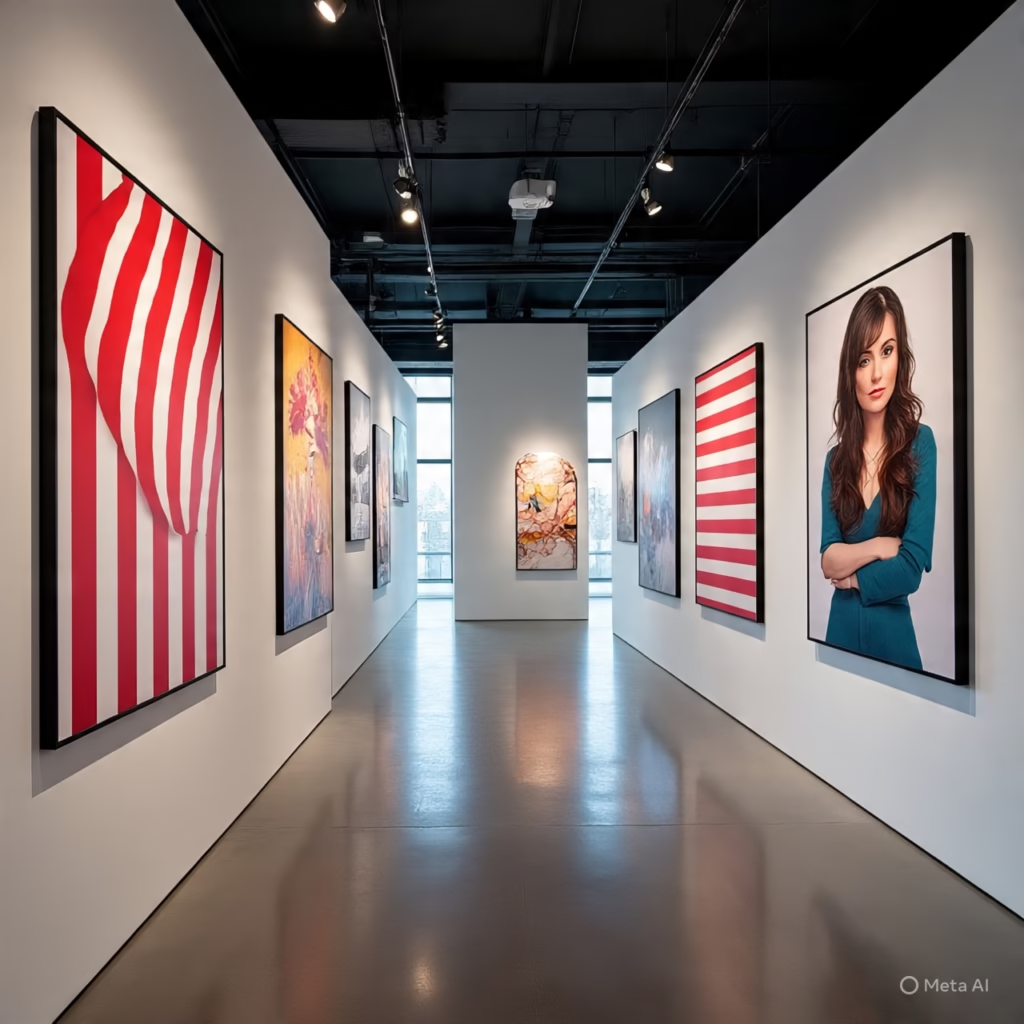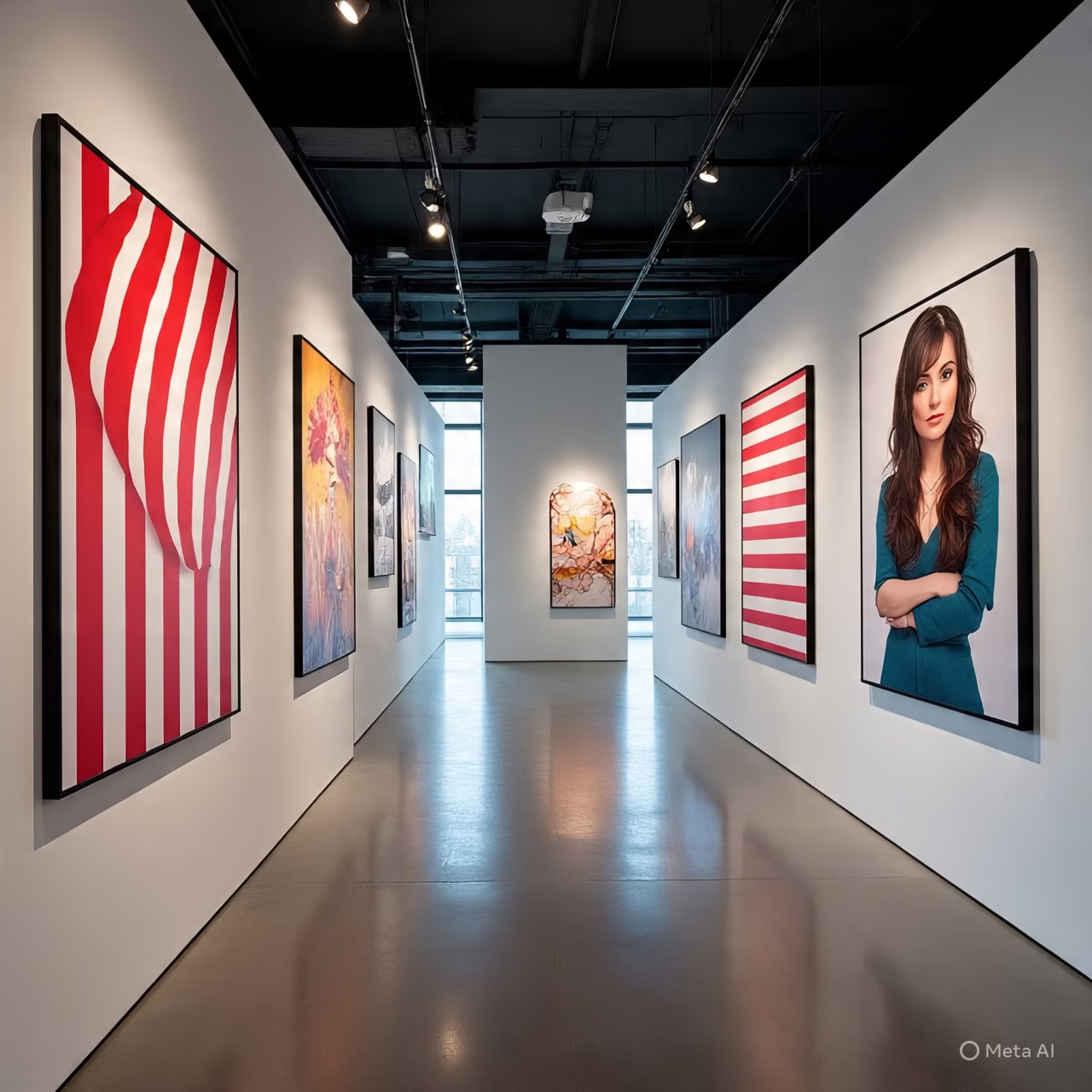
Introduction
US memes: The Most Viral American Memes This Month
In the fast‑moving world of internet culture, US memes continue to dominate social media feeds with their sharp wit, candidness, and sheer absurdity. From surreal AI‑generated creatures to political satire, the American meme landscape this month offers a wild mix that reflects both current events and timeless internet humour. Here, we explore the most viral American memes shaping conversations online, why they resonate, and what they say about our digital moment.
What’s Driving the US Memes Wave in America
As a digital growth agency, ManyViral watches these trends closely. At ManyViral, we understand how quickly a new meme can explode, and how brands or creators can ride that wave. ManyViral helps visionaries turn meme moments into audience growth, and we love when creative culture intersects with virality.
The Top Viral American US Memes of the Month
1. Italian Brainrot: Surreal AI Absurdity
One of the defining US memes right now is the so-called Italian Brainrot phenomenon. This meme trend features bizarre AI-generated creatures with made-up Italian names, like “Bombardiro Crocodilo” and “Tralalero Tralala,” speaking in synthesised Italian-ish voices. It thrives on pure absurdity—no logical narrative, just weird visuals and sounds that people keep remixing and sharing.
2. Chickawagga!: The Energy Meme You Can’t Stop Repeating
Another meme tearing up timelines in the U.S. is Chickawagga, from a viral video starring Dylan Boling shouting “Chickawagga!” with outsize intensity. That energy—equal parts chaotic and jubilant—makes it perfect fodder for TikToks, remixes, and meme edits.
3. JD Vance Meme-ing Himself Into the Conversation
polítics and meme culture collided this month thanks to Vice President JD Vance, who leaned fully into his meme persona. For Halloween, Vance dressed up as a meme version of himself—donning a curly wig and oversized eyes to mimic exaggerated versions of his own expressions widely shared online.
4. Sydney Sweeney’s “Stare of Superiority”
Actress Sydney Sweeney has become a meme icon thanks to her now-infamous “stare of superiority.” A recent image circulating on platforms like X (formerly Twitter) captures her eye roll and confident expression—and the internet hasn’t stopped remixing it.
5. AI Poop‑Bomb Trump Video
Perhaps the most controversial US meme of the month is a deeply surprising one: an AI-generated video involving former President Donald Trump. In the clip, he flies a jet wearing a crown and appears to drop a brown substance over protesters—an intentionally grotesque, satirical deepfake.
6. “Rare Aesthetic” US Memes: Nostalgia Meets Oddity
On TikTok and Instagram, the “rare aesthetic” meme has gained traction, especially among young creators in the U.S. This trend involves curating videos and visuals that evoke oddly specific nostalgia things that feel “rare” or strangely satisfying, but not conventionally beautiful.
Creators remix childhood clips, nostalgic visuals, or cultural detritus with moody filters or lo-fi effects. The result feels like a memory loop: familiar, a little uncanny, and deeply emotional. This meme is about more than humour it taps into collective longing and the wistful weirdness of growing up in a meme age.
Why These US Memes Matter
These viral memes reflect major undercurrents in American digital life. Political satire continues to dominate, with public figures like JD Vance and even Trump becoming meme subjects in ways that blur reality and performance. These memes show how power, persona, and parody mix in modern culture.
But the story isn’t just about politics. The rise of AI-generated memes like Italian Brainrot signals a new frontier. AI isn’t just a tool now it’s a collaborator in nonsense. Meme makers are giving AI free rein to invent, distort, and mock in real time.
On the emotional side, the “rare aesthetic” meme bespeaks a generation’s relationship with memory, longing, and digital identity. These are not just jokes—they’re reflections on what it means to exist online, to remember, to feel.
How ManyViral Helps You Navigate US Memes Culture
At ManyViral, meme trends are more than curiosities. We see them as strategic opportunities. Whether you’re a creator, a brand, or a public figure, we help you tap into the pulse of viral culture without losing authenticity.
If you’re thinking of launching a meme campaign, countering negative memes with humour, or simply keeping your finger on what’s trending, ManyViral is your creative partner. We monitor meme ecosystems, advise on tone, and help you amplify in ways that feel native—not forced.
By partnering with ManyViral, you can ride the viral waves with purpose. We help you craft content that resonates, engage audiences in real conversations, and scale reach in ways that feel timely and sincere.
What This Month’s US Memes Tell Us About the Future
Looking ahead, these US memes suggest a few clear directions for internet culture:
AI will keep rising: The success of AI-driven absurdism means creators will lean into generative tools more often. Meme-making is no longer limited to human jokes—machines now co-write the comedic script.
Politics will stay meme‑worthy: As public figures engage with their own meme caricatures, we’ll see more self-aware, performative meme adoption. This could redefine political messaging in the digital age.
Nostalgia + vibe = power: Memes that tap into memory and mood—not just humour—might become even more prevalent. People crave connection, not just punchlines.
Ethical tension will grow: Deepfakes and AI satire, like the Trump video, raise real questions about truth, parody, and responsibility. Navigating that tension will require wisdom and care.
ManyViral remains committed to helping creators and brands harness these trends in smart, responsible, and creative ways. We believe meme culture is a powerful mirror of what’s happening in the world—and in our hearts.
Conclusion
This month’s US memes mix absurdity, politics, and emotional depth in a way that feels both chaotic and revealing. From Italian Brainrot to Chickawagga, from political costumes to AI deepfakes, these viral trends reflect where American digital culture is now—and where it might go next.
At ManyViral, we celebrate that creativity and help amplify it. Whether you want to ride a meme wave or start one, we’re ready. Let’s make content that resonates, entertains, and connects.
Call to Action
Follow us on social Media, and get in touch with us on Blogs@manyviral.com
FAQs
Q1: What exactly are “US memes” and how are they different from other memes?
A1: US memes generally refer to memes that originate from or reflect American cultural, social, or political contexts. These memes often draw on U.S.-specific references, attitudes, and current events, though they can spread globally. What makes them different is their often deeply rooted connection to American pop culture, media, and political discourse, which gives them a flavour that resonates particularly within U.S.-centric communities. The memes discussed this month—such as political satire involving JD Vance or AI-generated absurdism—capture uniquely American voices and controversies.
Q2: Why is “Italian Brainrot” so popular among American meme creators?
A2: The rising popularity of the Italian Brainrot meme in the U.S. stems from its absurdity and novelty. It combines AI-generated visuals and synthesized pseudo-Italian voices to create surreal, nonsensical characters. The randomness of this trend appeals to Gen Z and meme-savvy users who enjoy post-ironical humor. Because the content has no rigid narrative, creators remix it freely—adding new names, voices, and styles—making it endlessly viral and unpredictable.
Q3: Is the “Chickawagga” meme just random shouting, or does it have deeper meaning?
A3: On the surface, the Chickawagga meme seems like pure, energetic shouting—Dylan Boling bursts out “Chickawagga!” in one viral clip. But its appeal lies in its raw emotional vibe: it feels spontaneous, passionate, and unfiltered. Meme creators repurpose it to express excitement, absurd joy, or unrestrained hype. Its simplicity and high energy give it flexibility, and that’s why it resonates so well in short-form content.
Q4: Did JD Vance really intend to become a meme, or was that just internet trolling?
A4: When JD Vance dressed up as his own meme version for Halloween, he made a deliberate move to lean into the caricatures that internet culture had created of him. By embodying the exaggerated version of himself—wig, suit, wide-eyed expression—he reclaimed the narrative. That kind of self-aware participation shows he understands how much digital culture shapes his image. Many people see it as a savvy political maneuver: by embracing the meme, he defuses mockery and demonstrates control over his public persona.
Q5: Are there any risks associated with memes like the AI Trump poop-bomb video?
A5: Yes, there are real risks. Deepfake or AI-generated content like the controversial Trump video can blur the line between satire and misinformation. While many people view it as comedic or absurd, others may see it as deceptive or harmful. Such memes raise ethical questions about manipulation, consent, and the impact of AI on public discourse. Meme creators, and platforms that host them, must tread carefully: they need to balance creative freedom with responsibility, especially when political figures or sensitive topics are involved.

Leave a Reply